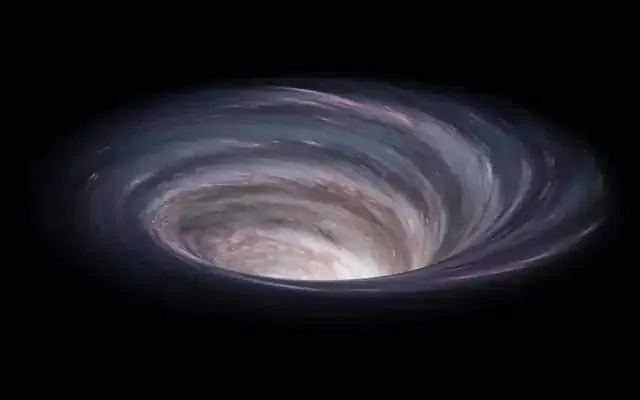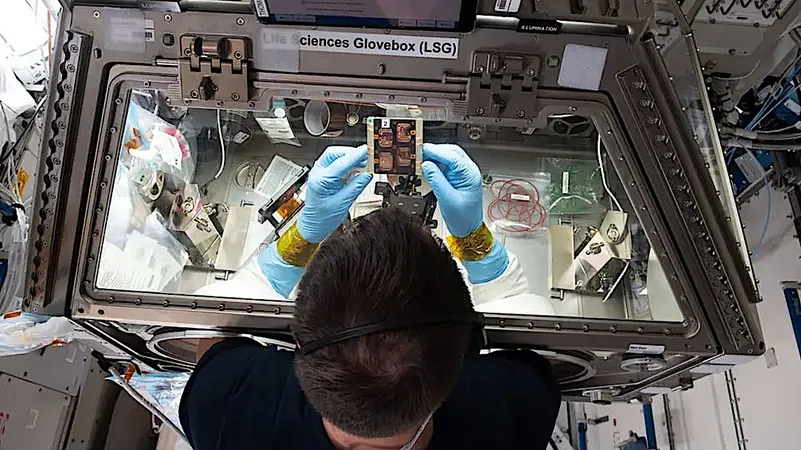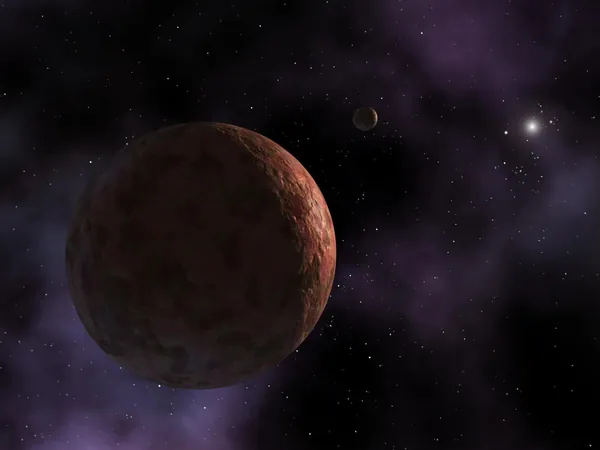
Could the Universe’s Origins Be Totally Different? A Bold New Theory Challenges the Big Bang!
2025-06-05
Author: Liam
The Big Bang Model: Questions Without Answers
The widely accepted Big Bang theory has revolutionized our understanding of the universe, yet it leaves us with tantalizing mysteries. What existed before that monumental explosion? Where did all the matter and energy originate? And why does the universe appear so smooth, flat, and incredibly vast?
A fierce puzzle lies in the concept of singularity—a point where density reaches infinity, breaking down the fabric of known physics. While traditional theories founders at this juncture, scientists believe there's still much to uncover.
A Radical New Perspective
Recent research takes a fresh approach, shifting focus from the backward tracing of cosmic expansion to gravitational compression. This is a process familiar to astrophysicists, especially when delving into black hole dynamics.
Renowned physicist Roger Penrose established that under certain conditions, gravitational collapse leads to singularity. However, these conclusions stem from classical physics, sidelining the potentially groundbreaking influence of quantum mechanics.
What Quantum Physics Reveals
The latest findings suggest that incorporating quantum mechanics alters the endgame. Rather than succumbing to infinite density, the universe can undergo a "bounce," transitioning from a compression phase to expansion—echoing the conditions we observe today.
At the heart of this bounce is the Pauli exclusion principle: identical fermions cannot inhabit the same quantum state, thereby preventing infinite compression of matter. When density reaches a critical threshold, the cosmos is compelled to expand.
No Need for Exotic Hypotheses!
What sets this theory apart is its reliance on well-established principles of general relativity and quantum physics rather than speculative ideas like extra dimensions or mysterious particles. It naturally gives rise to two phases of accelerated expansion: inflation and dark energy, all part of the cosmic bounce.
Predictions That Can Be Tested!
One exciting prediction of this model is that the universe should exhibit a slight positive curvature, akin to the surface of the Earth rather than a flat expanse. Confirmation of this curvature by upcoming missions like Euclid could bolster this revolutionary theory.
Additionally, this model may unlock mysteries surrounding supermassive black holes, the essence of dark matter, and even galaxy formation. Future explorations, such as the Arrakhis mission, aim to bridge the gap between these cosmic phenomena and the remnants of our universe's collapsing phase.
A Cosmic Continuum
Under this groundbreaking theory, our observable universe might just be the interior of a black hole birthed from a so-called "parent" universe. Rather than a singular beginning, this presents a vision of an endless cosmic cycle driven by the immutable laws of gravity and quantum mechanics.









 Brasil (PT)
Brasil (PT)
 Canada (EN)
Canada (EN)
 Chile (ES)
Chile (ES)
 Česko (CS)
Česko (CS)
 대한민국 (KO)
대한민국 (KO)
 España (ES)
España (ES)
 France (FR)
France (FR)
 Hong Kong (EN)
Hong Kong (EN)
 Italia (IT)
Italia (IT)
 日本 (JA)
日本 (JA)
 Magyarország (HU)
Magyarország (HU)
 Norge (NO)
Norge (NO)
 Polska (PL)
Polska (PL)
 Schweiz (DE)
Schweiz (DE)
 Singapore (EN)
Singapore (EN)
 Sverige (SV)
Sverige (SV)
 Suomi (FI)
Suomi (FI)
 Türkiye (TR)
Türkiye (TR)
 الإمارات العربية المتحدة (AR)
الإمارات العربية المتحدة (AR)